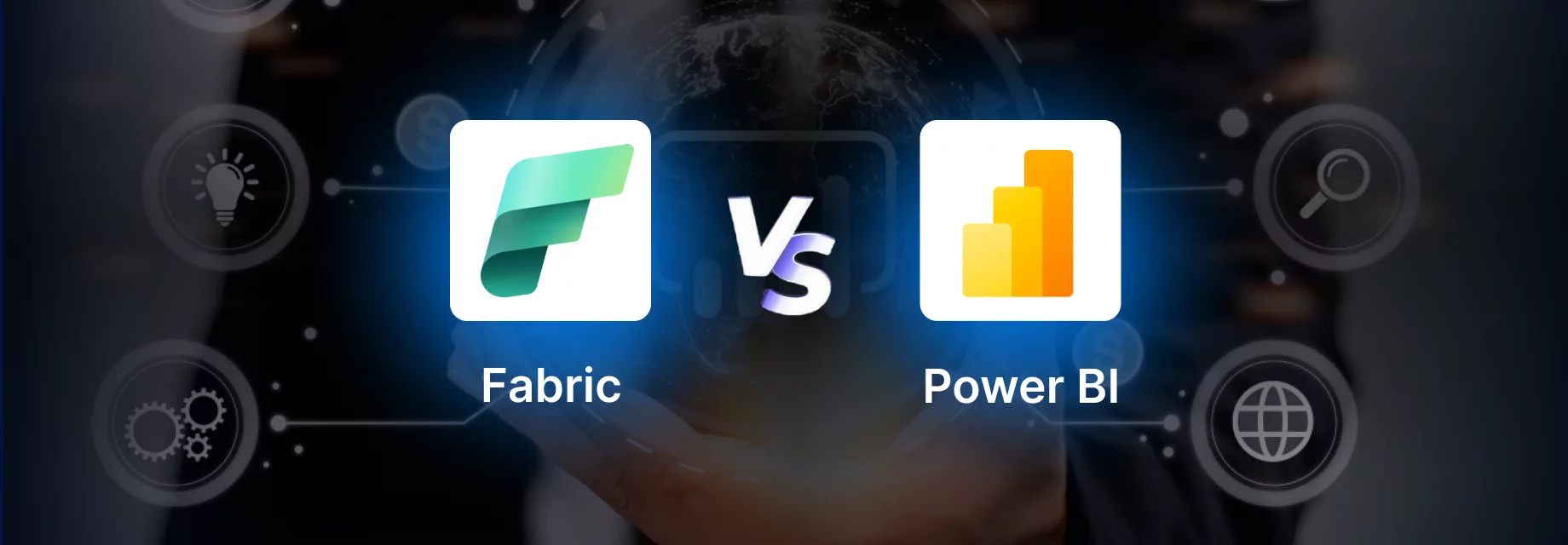Customers in a connected world are now referred to as ‘Digital Customers’. For businesses, transforming digitally is essential to survive in this connected world. Therefore, re-alignment of technology and business models will help engage digital customers in the customer experience life-cycle.
Convergence of Marketing and IT
Marketing today is becoming increasing technology driven. Marketing defines the vision of a company and value proposition for customers, while IT touches and enables every part of the business and is the ultimate orchestrator of change. Combining these two functions allows us to more effectively align our strategy and execution to become a more customer solutions-driven business.
“It is estimated that by 2017, CMO (Chief Marketing Officers) will spend more than CIOs (Chief Information Officers) in Marketing – IT (MIT)”
Traditional marketing campaigns were focused on print and electronic media. The paradigm is now changing as its challenging teams to think digitally first with the mobile at the heart of the transformation process, which is why we’re seeing a lot of brand managers looking at mobility to ramp up apps in the marketing space as a part of their strategy to build brand equity.
“According to Adam Bratman, Chief Digital Officer, Starbucks, the heart of their transformation was the mobile that acted as a catalyst in streamlining their mobile web strategy as it connected well with their loyalty and payment groups.”
Questions around customer behavior now begin with;
- How does my digital customer think ?
- How is my digital customer’s journey different ?
- How are they influenced, what are their important touch points ?
- With what devices and how do they use them ?
Effecting a change in an Organization to adopt a digital mindset can be challenging as stakeholders ideally prefer to see case studies and the ROI. This is where a disruptor in an Organization can be the catalyst to get people to think digitally, educate and empower existing teams and get them on the same digital page through collaboration.
For a business to start its transformational journey, the following are key;
Leadership with Vision
Digital Transformation has to begin from the top with the leadership (CEO, CDO, CMO) who can drive this change and have catalysts at each stage that push the pedal when required.
Digital Customer Experience (DCX)
Mapping and charting a digital customer’s behaviour on all digital mediums online or mobile will help in the process of understanding customer expectations. Customer behaviour data and journey mapping will help devise strategies and build products to service the behaviour. Marketers can make good use of a CRM system to integrate that data to connect the dots.
Building a Digital Think Tank
IT is the biggest ally to bring in Digital Transformation as it helps building systems and the user experience that impacts a customer’s journey. Hence, building a team that thinks digital will help create a greater collaboration within the company which in turn will help build up the competitive advantage that the company can derive versus its peers.
In a nutshell
For an organization, what eventually matters is how it can help sustain and grow its business in the realm of changing customer expectations and experiences keeping digital transformation at the forefront.The bottom-line for a business was and will always be increased conversions and customer loyalty; and incorporating a digital thought process through internal collaboration is the best way in treading the path of Digital Transformation.










